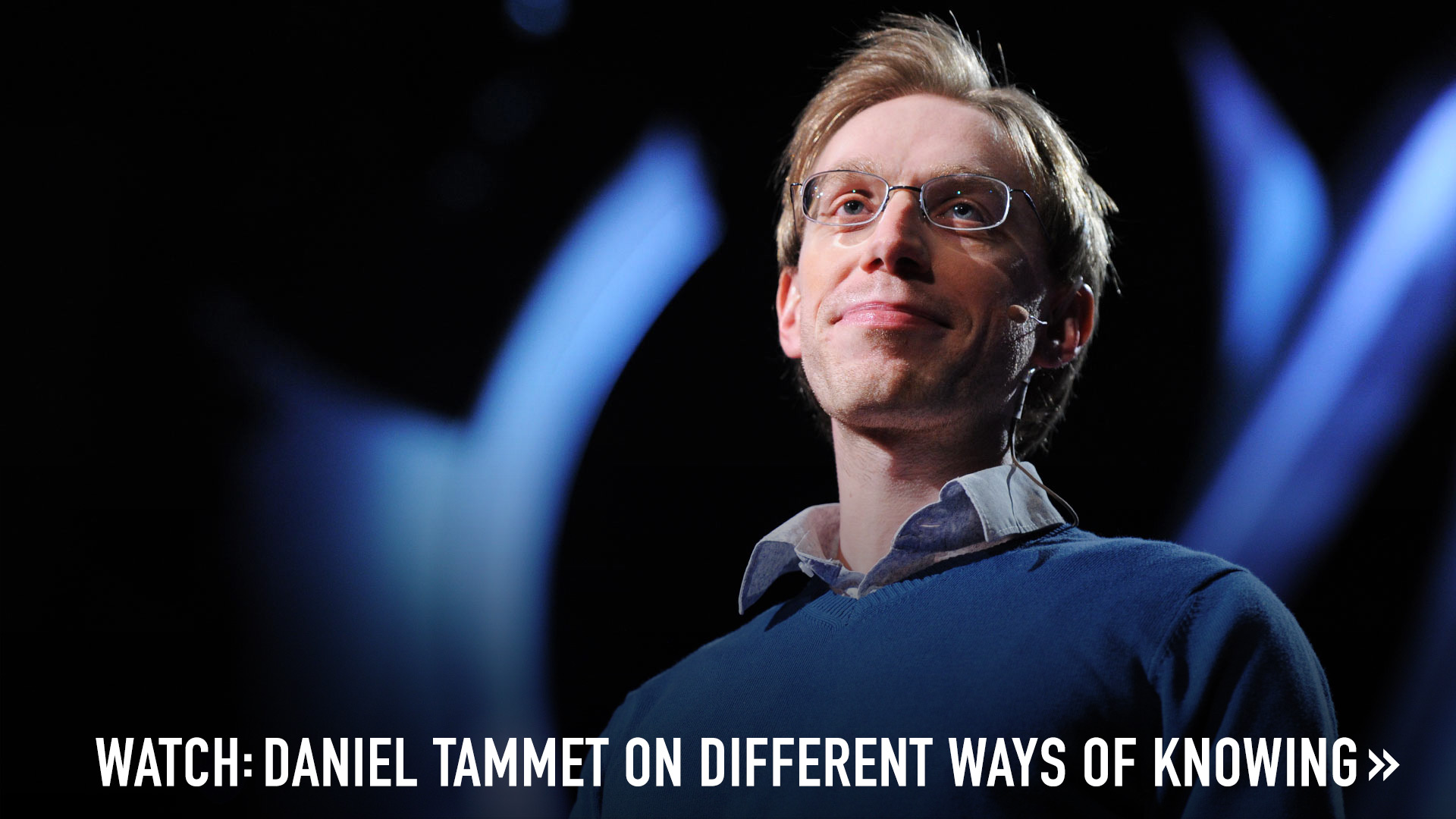
Icelanders’ extreme efforts to keep their language pure extends to what people can call their newborns, but the days of these official name-keepers appear to be numbered.
Jóhannes Bjarni Sigtryggsson has to decide whether or not the name “Cleopatra” is Icelandic. It is, he knows, a decision which cannot be taken lightly — in the balance lies the future self-image of a newborn girl — and it is a decision he doesn’t make alone. He and two other people compose Iceland’s Mannanafnanefnd, or the Persons’ Names Committee, the group charged with preserving the nation’s ancient infant-naming traditions.
Every month, submissions from parents or prospective parents reach the committee. On average, between one-half and two-thirds of the names proposed will be approved and duly entered in the official register, which presently counts 1,888 boys’ names and 1,991 girls’. But occasionally parental creativity tries too hard. Then Jóhannes must send the submission back, telling the petitioner to pick another name.
Icelanders preserve their names just as the English preserve their castles; they’re listed and supervised by an appointed commission.
It is with such a message that the committee replies in May 2016 to the couple who wrote in with Cleopatra. The name is rejected because the letter C has no place in the Icelandic alphabet.
Politically, Iceland is one of the world’s most liberal nations: it was the first European state to give women the vote, the sole country to date whose government has been led by a lesbian. In language, however, it is highly conservative. People’s names — many of which date back hundreds of years to the Sagas and comprise nouns, verbs and adjectives that speak of the bleak winters endured (Eldjárn, “fire iron”; Glóbjört, “glow bright”) — are thought of as an extension of the national patrimony. Icelanders preserve their names as the English preserve their castles; names, like England’s historic buildings, are listed; and the committee, like a heritage commission, is appointed every four years to supervise and adjudicate.
The present committee was appointed in 2014. Jóhannes has a doctorate in Icelandic grammar, has authored many papers, and, most important, he has the best of all names. Jóhannes Bjarni Sigtryggsson. His grandfather — and not any old grandfather, a celebrated poet — had been a Jóhannes Bjarni; like many firstborn Icelanders, Jóhannes was named after his grandfather. The poet’s daughter Þóra married a Sigtryggur, Jóhannes’s father. Jóhannes Bjarni Sigtryggsson: grandson of Jóhannes Bjarni, son of Sigtryggur.
Jóhannes is married with three sons, and he and his wife stuck to tradition. They named their eldest son Guðmundur after the boy’s maternal grandfather; their second Sigtryggur for Jóhannes’s father. With no more grandfathers left, Jóhannes and his wife chose Eysteinn for their third son, in honor of Eysteinn Ásgrímsson, a 14th-century monk and poet known for the purity of his Icelandic.
Icelandic “pure”? To the tourist for whom the country is all fairy-tale elves and unpronounceable volcanoes, the idea is surprising. To a sympathetic outsider like myself, friendly with Icelanders from various walks of life and familiar with their language and landscape, it is absurd. Like the easygoing Australians, who, more than Britons or Americans, are fond of telescoping their commonest nouns (relly for relative, ute for utility vehicle, ambo for ambulance), Icelandic mouths are quick to dock lengthy words: ammó for afmæli (“birthday”), fyrró for fyrramálið (“tomorrow morning”). Readers of the broadsheet Morgunblaðið ask their newsagent for the Mogga.
Names, in conversation, have a similar flexibility. In Iceland, everyone is on first-name terms. Guðrún — the most popular girl’s name — is Guðrún even to five-minute acquaintances. But to her friends and family, Guðrún (meaning “Godly Mystery”) is too formal. With a brother she answers to Gurra; to a childhood pal she is Gunna, to an aunt she is Dunna. She might be Gunna lilla (“little Gunna”) if she is a short woman; if she is thin, Dunna stoppnál (“Darning needle Dunna”).
To the Romantics, the Icelandic language was like a once-beautiful woman laid low by an infection of Low German, Latin and Danish words.
The history of language in Iceland is long and complicated. When the academics praise someone’s speech or writing as “pure,” they mean it is an Icelandic unadulterated by foreign words, sounds or letters (like the C in Cleopatra). To understand this purism, it helps to look back to the early 19th century and to the young authors writing in Icelandic. They had a Romantic idea of their language’s past — to them, Icelandic was like a once-beautiful woman laid low by an infection of Low German, Latin and Danish loanwords. Danish, in particular, the language of their colonizers, had weakened her, and the authors sought to revive her.
Soon, to act Danish was to dandify your speech, to turn your back on the homeland. Iceland needed a modern national poet — a Goethe or a Molière — and the authors of the time promoted a young naturalist named Jónas Hallgrímsson. No one had written so beautifully about the fauna and flora before, nor so deftly sketched everyday life. Moreover, he had an aptitude for inventing new words without borrowing sounds or notions from the French or Danes. Aðdráttarafl (“magnetic force,” literally “attraction power”), fjaðurmagnaður (“supple,” literally “stretch-mighty”), hitabelti (“the Tropics,” literally “heat-belt”), and sjónarhorn (“perspective,” literally “sight corner”) are among the hundreds he created.
Eliminate the names committee, says one member, and some families will give their children only digits for names; others will select an appellation seventeen names long.
In 1918, Iceland achieved independence from Denmark and the aftereffects of Hallgrímsson’s vision persisted. The obsession with rooting out every trace of foreign influence in the language grew fierce. As technology expanded and the world shrank, the purists’ efforts intensified. Since the 1960s, Iceland’s universities regularly put their eggheads together to evaluate the changes in language and to keep tabs on the media, lest a foreign word supersede any Icelandic coinage. Fingers will be wagged at the TV or radio presenter who says “peer-pressure” rather than the Icelandic jafningjaþrýstingur.
By celebrating poet Hallgrímsson and his pastoral vision, the Romantics also created a new linguistic standard and divided the nation’s consciousness. Today, when the Icelanders who live near the capital, as two-thirds now do, catch themselves saying something from an American film or a British pop song, they cringe. And some yearn for the purest Icelandic, that language still spoken out in the sticks.
It is in this Icelandic-as-idea that many people feel great pride; in their own everyday Icelandic, they feel unsure. And it is in a present reflecting these two Icelandics that the decisions of the Persons’ Names Committee make news. Headlines like “Manuel and Tobbi get the green light, but not Dyljá” and “Yngveldur is allowed, but Swanhildi is banned” are common.
Every now and then, Jóhannes hears of a public figure who wants to see the committee closed down so Icelanders can name their offspring as they like. He recalls what his colleague Ágústa says when she hears this talk: you’ll end up with families that give their children only digits for names and others that select an appellation seventeen names long. Above all, Jóhannes and his colleagues worry for Icelandic grammar. In Icelandic, nouns have gender. Boys’ names behave like masculine nouns, girls’ names like feminine nouns.
A girl’s parents took a decision to court because the committee had rejected their choice of Blaer. Even though it was feminine-sounding, it was a masculine noun.
In 2012, an adolescent’s parents took a gender-influenced decision by the committee to court in order to overturn it. Jóhannes’s predecessors testified that they had been following the rules. When they were going through their post 15 years ago, a priest’s baptismal paperwork caught their eyes. They assumed he had messed up the forms and telephoned.
He had not, the priest responded. He had written Blær in the space for the infant’s name and he meant to write Blær, because it was thus the baby girl had been christened. The committee members stopped him — they had to invalidate the name. Blær, though the noun sounds sweetly and means “gentle breeze,” is a masculine word. A masculine noun for a baby girl! What was he thinking? The priest apologized and tried brokering a compromise with the parents. But when he suggested fine-tuning the name to Blædís, a perfectly good girl’s name, the couple would not hear of it.
The mother, Björk Eiðsdóttir, told the court her story. She had found the name Blær in the much-loved 1957 novel Brekkukotsannáll (The Fish Can Sing) by Halldór Laxness. (Mischievous, prickly, gifted Laxness is the country’s only Nobel Prize in Literature laureate.) Laxness had made his Blær a female character; and Björk decided if she ever had a girl she would call her Blær. In 1997, her daughter was born and baptized. When told the committee rejected the name, she wrote pleading letters to the prime minister and the archbishop. Five years later when the family traveled to the US, the girl’s passport gave her legal name as Stúlka (“Girl”). It was like a game. Whenever she stood before a uniform, she was Stúlka, but with her parents, teachers and friends, she was Blær. Now the girl was 15 and before long would marry and pass the name down to her own children. It was why mother and daughter decided to sue.
When the solicitor general summed up on behalf of the committee, he allowed that Blær sounds less masculine. Even so, he said, it would represent a “big step” for the court to determine that Blær could belong to a child of either sex. The lawyer representing the girl and her mother replied with a flourish. The step that the court was being asked to take was small — there existed precedent for calling a girl Blær (a Blær Guðmundsdóttir, born in 1973, already appeared in the national registry). This Blær’s mother had persuaded the committee there was a set of possible feminine declensions of the noun: if a woman called Blær gave you a gift, it would be from Blævi (from a man called Blær, it would be from Blæ); if you hadn’t seen the same woman for some time you could say that you missed Blævar (whereas if your friend was a man, you’d be missing Blæs). Icelandic grammar, the lawyer concluded, was malleable; grammar changes.
The court agreed. In January 2013, the judge — over the committee’s misgivings — awarded the girl the right to go by Blær. Societies change. A hundred years ago children born out of wedlock were a rarity in Iceland, and today the opposite is increasingly true. No stigma attaches to the Icelandic mother who raises a child by herself. For this reason, among others, more sons incorporate the mother’s name into their surname. The obsolescence of the Persons’ Names Committee is only a question of time. Twenty years from now, or twenty-five, or thirty, a young man will walk among his country’s fjords, gullies and glaciers. He will be called Antóníus Cleopötruson.
Excerpted with permission from the new book Every Word Is a Bird We Teach to Sing: Encounters with the Mysteries and Meanings of Language by Daniel Tammet. Published by Little, Brown and Company, an imprint of Hachette Book Group, USA. Copyright © 2017 Daniel Tammet.












